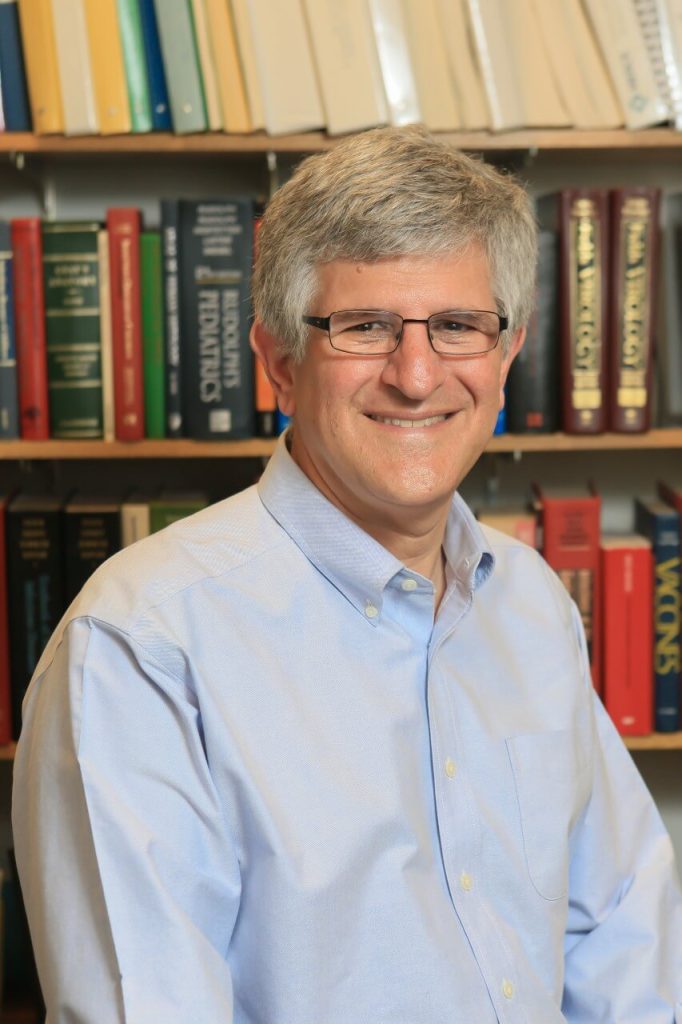In November 2019, the coronavirus made its debut in the human population. Two months later, in January 2020, researchers isolated the virus (called SARS-CoV-2).
The disease, which could affect every organ in the body, was called COVID-19. By the end of the year, only 11 months after the virus was detected, pharmaceutical companies completed two large clinical trials of a vaccine – the fastest vaccines ever made.
The language surrounding these vaccines was a little frightening. Phrases like “Operation Warp Speed,” “the race for a vaccine,” and “the first to cross the finish line,” scared people.
Also, Covid vaccines weren’t licensed products. Rather, they were approved by the Food and Drug Administration (FDA) through emergency use authorization, which sounded like timelines were being truncated, or worse, that safety guidelines were being ignored.
Finally, the first two vaccines approved for use in the U.S. used a technology (called messenger RNA or mRNA) that had never been used before. Understandably, many people were concerned about the safety of these vaccines.
Ironically, public confidence in vaccine safety should be bolstered by the fallout from several 20th-century tragedies.
In October 1901, the Nobel Prize Committee gave its first award to Emil Behring, the inventor of antitoxin – a lifesaving drug to treat children suffering from diphtheria. That same month, 13 children in St. Louis died when the antitoxin they received was contaminated with tetanus. On July 1, 1902, President Theodore Roosevelt signed the Biologics Control Act, also known as the Virus-Toxin Act, into law. Following inspections, which could be unannounced, all manufacturers of vaccines, sera, and antitoxins had to be licensed annually. Product labels had to clearly show the product name, license number, and expiration date, and a qualified scientist had to supervise every aspect of production.
In 1937, the first antibiotic, sulfanilamide, was introduced in the U.S. One preparation, called Elixir Sulfanilamide, was on the market for about four weeks. During that time, 353 people drank it and 105 died; 34 were children. The problem was that the company that made the Elixir, the S.E. Massengill Company, of Bristol, Tennessee, used diethylene glycol, a known cause of kidney damage, to make it more palatable for young children. On June 25, 1938, President Franklin Delano Roosevelt signed the Food, Drug, and Cosmetics Act into law. Pharmaceutical companies now had to list all ingredients on the label and, most importantly, had to perform adequate safety testing before licensure by the FDA.
In 1955, the announcement that Jonas Salk’s polio vaccine was “safe, potent, and effective” was met with ticker-tape parades and church services. However, one of the manufacturers, Cutter Laboratories, of Berkeley, California, made it badly, failing to fully inactivate the virus. As a result, 120,000 children were inoculated with live, fully virulent poliovirus; 40,000 were temporarily paralyzed, 164 were permanently paralyzed, and 10 were killed. It was the worst biological disaster in American history. On July 15, 1955, the government created the Division of Biologics Standards. The number of professionals regulating vaccines increased from 10 to 150, and regulators were now actively involved in studying the vaccines they supervised.
In 1957, Chemie Grunenthal, a West German company, distributed thalidomide. Advertised as a sedative for pregnant women, it caused birth defects in more than 24,000 fetuses; half died before birth. The disaster resulted in the Kefauver-Harris Amendment to the Food, Drug, and Cosmetics Act. Drugs now had to be proven to be effective before licensure and previously licensed drugs could be withdrawn if found to be unsafe.
That was the end of it. Massive drug or vaccine tragedies never happened again. Better yet, systems were put in place to monitor vaccine safety after licensure.
For example, the Vaccine Safety DataLink (VSD), directed by the Centers for Disease Control and Prevention (CDC), includes nine health care organizations comprising 12 million people. Through rapid cycle analysis, this system can quickly determine whether a safety problem occurs post-approval.
Also, the Post-Licensure Rapid Immunization Safety Monitoring (PRISM) system, directed by the FDA, monitors more than 100 million people through national health insurance plans.
It was through these systems that researchers unearthed exceptionally rare safety problems with Covid vaccines, such as clotting following the Johnson and Johnson vaccine, or heart muscle inflammation following the mRNA vaccines.
Today, enough vaccines are available to vaccinate every American over 12. Nonetheless, many people continue to wait.
About 99% of people who are hospitalized and killed every day by this virus aren’t vaccinated. Those who are choosing not to get a Covid vaccine are likely unaware of the highly efficient regulatory and monitoring systems now in place, which, sadly, have been built on tombstones.
ED. NOTE: Paul A. Offit, M.D., is a professor of pediatrics at the Children’s Hospital of Philadelphia, a member of the FDA Vaccine Advisory Committee, and the author of You Bet Your Life: From Blood Transfusions to Mass Vaccinations – The Long, Risky History of Medical Innovations (Basic Books, September 2021). He maintains a summer home, in Avalon.








